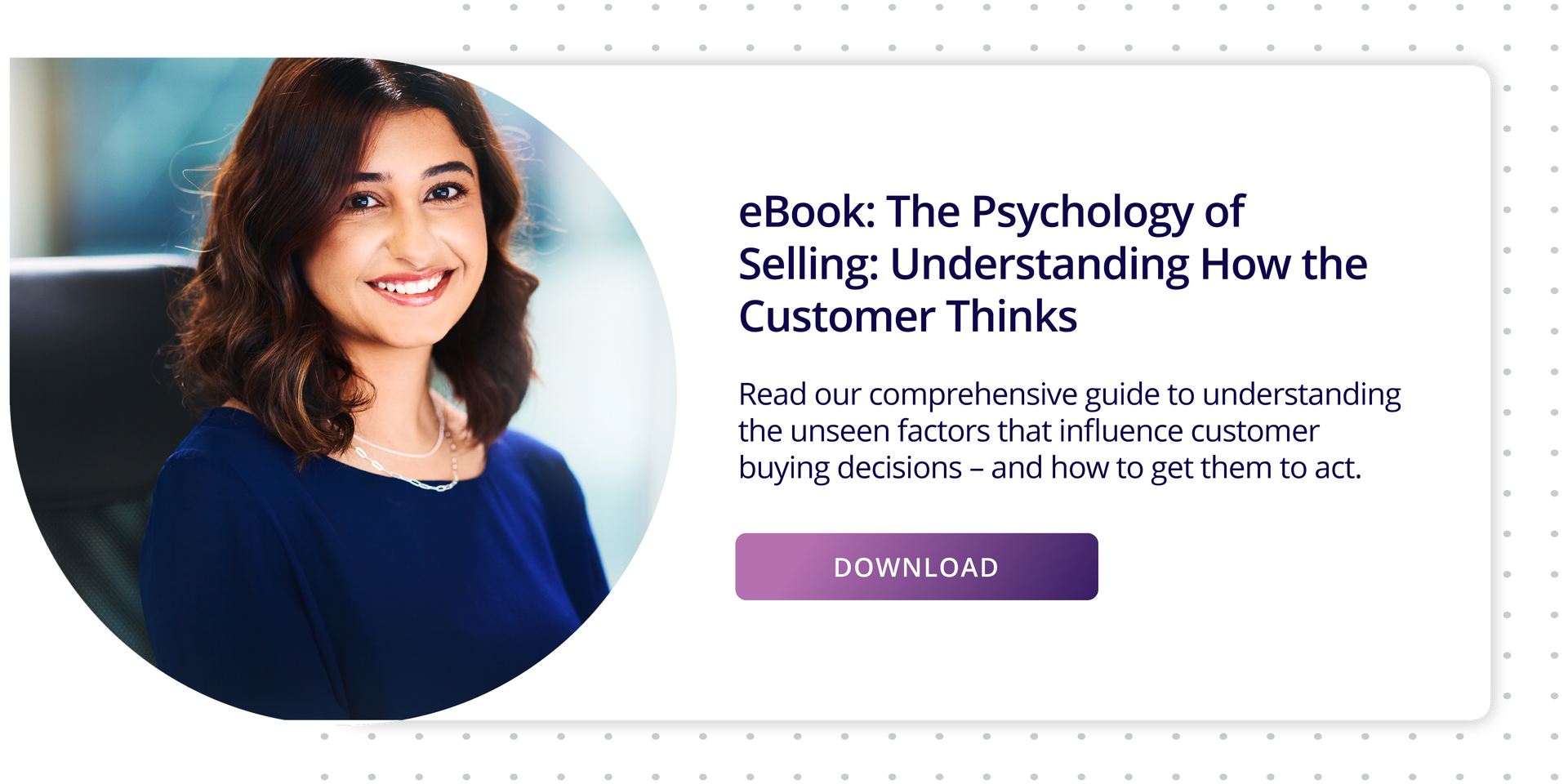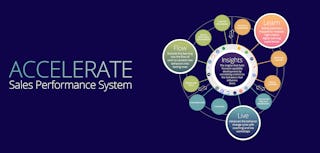What is a Sales Funnel and How to Build One
Sales performance improvement

What is a Sales Funnel?
A sales funnel is a visual representation of a customer’s experience with a company, product, or service from awareness to action. Sales funnels are typically made up of four stages that align with each phase of the customer journey: awareness, interest, consideration, and purchase.
Sales teams can build sales funnels to effectively guide prospects through the buying journey and optimize sales performance. In this article, we’ll explain the components of a strong sales funnel and how to build one to meet your sales goals.
Understanding the Sales Funnel
Think of the sales funnel as an inverted pyramid, with the widest end at the top and narrowing down to a point. Unlike a sales pipeline, which showcases the individual steps of the sales process, the sales funnel represents the buyer’s journey from awareness to purchase.

By visualizing the customer journey in this way, sales and marketing teams can optimize campaigns to maximize conversions throughout the entire funnel.
Stages of the Sales Funnel
As prospective customers filter through the sales funnel, the goal is for the most qualified leads to make it through each stage.
The customer journey begins with awareness of a company, product, or service. In this stage, your prospective customers don’t know that your product exists. The goal of this stage is to provide prospects with information about your product that’s relevant to problems that they are trying to solve.
Once a customer is aware of your product, they move into the interest stage of the sales funnel. They know your product exists, but they may not know how it can be useful to them. This is the time to present prospects with your unique value by explaining what sets your product apart from alternatives they may be considering.
If the customer decides that your product fits their criteria, they move into the consideration stage. At this point, the customer has a good idea of what they’re looking for but may need some convincing before making a purchase. Your efforts should focus on convincing customers to choose your product over those of your competitors. drives them to act, such as positive testimonials, discounts, or free product demos.
How Sales Teams Can Approach the Sales Funnel
By analyzing customer progression through the sales funnel, sellers can see where leads gain or lose traction and optimize their strategy to engage their target audience at each stage.
Sales team initiatives run parallel to the sales funnel:
The awareness stage is where you begin prospecting. When speaking to prospects, focus on identifying and engaging potential customers who are not yet fully aware of your product or service. Consider the following questions:
- What initial outreach strategies are we using? Are we leveraging cold calls, networking, or referrals to effectively introduce our solution?
- What information are we gathering from initial interactions? Are we collecting relevant data to tailor future conversations, such as business challenges, decision-making timelines, and key stakeholders?
As customers progress to the interest stage, sales teams must evaluate lead qualification. Determine whether prospects have the potential to become qualified leads by asking the following questions:
- How are we qualifying leads? Are we asking the right questions to understand their budget, authority, need, and timeline (BANT) criteria?
- What objections or concerns are surfacing at this stage? Are we prepared to handle common objections and are we refining our approach based on these insights?
- How are we prioritizing leads for follow-up? Are we focusing our efforts on the most qualified and engaged leads, ensuring that no potential opportunities are overlooked?
With a carefully crafted sales funnel, you can maximize your chances of converting prospects to customers. At the consideration stage, prospects are evaluating their options and showing intent to purchase. To determine the strength of your funnel up to this stage, ask:
- What specific needs or concerns are driving the prospect’s decision? Are we tailoring our proposal and discussions to address the most critical factors influencing their decision?
- Are we involving the right resources and stakeholders? Are we bringing in subject matter experts, technical support, or higher-level executives as needed to close the deal?
- How are we addressing any remaining doubts or risks? Are we proactively offering solutions to mitigate risks and ensure the prospect feels confident moving forward?
When prospects reach the final purchase stage, the sales team has effectively closed the deal – their prospect is now a customer. Although this marks the end of the sales funnel, this stage presents opportunities to refine sales tactics to win future customers. Key questions for this stage include:
- Are we setting up the customer for post-purchase success? Are we ensuring a smooth handoff to customer support or implementation teams, and clearly outlining the next steps?
- What can we learn from both successful and unsuccessful deals? Are we analyzing closed deals to understand what worked well and where improvements can be made in the future?
How to Build a Sales Funnel
Sales funnels will vary by business and industry. Below, we’ve outlined essential steps any organization can follow to start building a sales funnel that meets their unique needs.
Step 1: Identify Your Target Audience
Making a sale requires a deep understanding of your target audience. What are their needs, and how can you communicate that your product or service is the best way to meet those needs?
Once you’ve identified your audience, you can conduct additional market research to understand their motivations, values, and demographic data that are key to developing targeted sales campaigns.
Here are some examples of how target audiences differ across industries and roles:
| B2B Healthcare: Hospital Administrators and Executives | |
| Age | 40-60 years |
| Gender | Predominately male (diversity increasing) |
| Income | $150,000 - $300,000 + annually |
| Location | Urban and suburban areas where larger hospitals or healthcare systems are based |
| Values | Patient care quality, operational efficiency, innovation in healthcare delivery, community health outcomes |
| B2B Healthcare: Hospital Administrators and Executives | |
| Age | 35-55 years |
| Gender | Mixed with growing diversity |
| Income | $100,000 - $250,000 + annually |
| Location | Urban areas near major corporate headquarters or financial districts |
| Values | Client relationships, financial acumen, risk management, career advancement |
Step 2: Create Content for Each Funnel Stage
The demographic information you uncover about your target audience should drive the strategic alignment between sales and marketing to drive conversions throughout the funnel. This enables both teams to create and deliver targeted content and messaging that addresses prospects’ unique preferences and pain points.In the awareness stage, prospects are seeking out information to solve a problem. A problem can be as simple as choosing a new TV, or as complex as identifying an effective treatment for an illness. Because sales teams interact directly with potential buyers, they offer a unique perspective into the customer journey. Their insights can support the development of useful content that contextualizes consumer concerns. Educational blog posts, bite-sized social media content, whitepapers, and webinars are all great examples of content designed to capture prospect awareness.
Tip: Create content that can be viewed in “exchange” for prospect information, such as a downloadable eBook for users who share their email address.Prospects who make a purchase are good indicators that you have a working sales funnel. However, most businesses want
As prospects become familiar with your product or service, it’s important to keep their interest. Sellers can note any roadblocks or objections they encounter during this stage, which marketers can use to create content that addresses these concerns. This might include sharing case studies and customer testimonials that show the tangible benefits of your offering, or developing targeted email drip campaigns and comparison guides that provide additional information and answer common questions.
Prospects in the consideration stage are evaluating their options. Sellers can help guide the creation of content that educates prospects on why your offering is the best solution to their problem. The content should draw from sales insights to emphasize the product or service characteristics that drive users to act. This might include free trials or demos, cost-benefit analysis tools, and consultation sessions that directly address prospect concerns. When qualified leads can clearly see the benefits of your offering, it facilitates a seamless transition to the purchase stage.
to retain consumer loyalty. Content informed by sales knowledge should provide clear access to support resources such as onboarding guides and videos, as well as follow-up emails to gather feedback or address concerns. This alignment between sales and marketing can enhance customer satisfaction, drive repeat purchases, and foster long-term customer loyalty.
Step 3: Use Analytics to Track Progress and Optimize Your Sales Funnel
While successful conversions are signs of a strong sales funnel, it’s important to regularly monitor what’s working and what isn’t. Sales teams can use various analytical approaches to track progress and optimize their sales funnel.
We recommend tracking the following metrics:
- Funnel and Conversion Rate Analysis
- Lead Scoring and Qualification Metrics
- Sales Cycle Length Analysis
- Revenue Attribution
- Customer Retention and Lifetime Value
- Churn Rate and Loss Analysis
Build a Sales Funnel to Drive Better Business Outcomes
A successful sales funnel isn’t built overnight. By taking the time to understand your audience and addressing their needs at every stage of the decision-making process, your sales team can more effectively convert leads into customers.
Richardson’s Accelerate Sales Performance System makes it easy to gain visibility into the value of your sales team training and performance. Contact us to learn more about our systematic approach to measuring and improving sales performance.

White Paper: From Insight to Impact - Harnessing Behavior Analytics for Sales Growth
Learn how to harness behavior analytics for sales growth by overcoming the challenge of connecting sales performance metrics to specific behaviors.
DownloadGet industry insights and stay up to date, subscribe to our newsletter.
Joining our community gives you access to weekly thought leadership to help guide your planning for a training initiative, inform your sales strategy, and most importantly, improve your team's performance.












